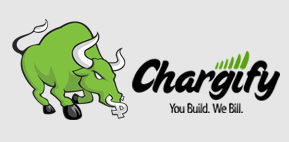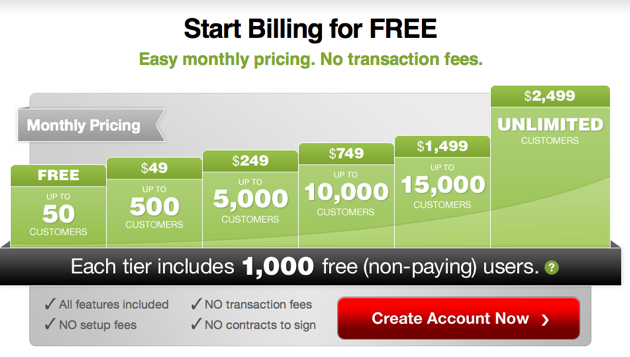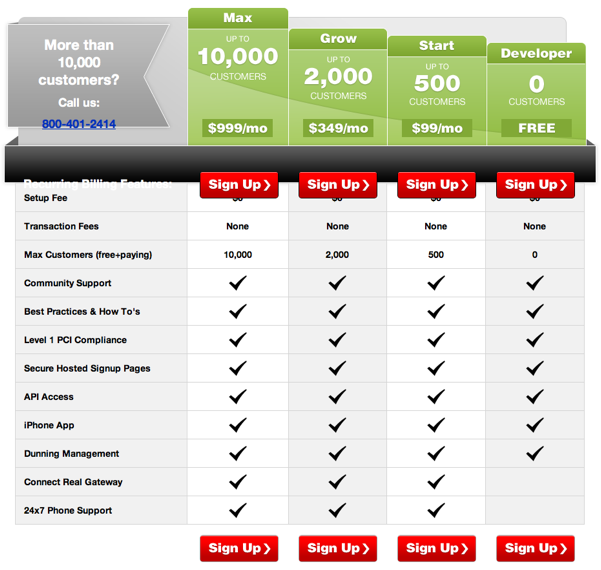 It’s been a rough day for Chargify, a service that makes it very easy for startups to incorporate support for subscription payments into their products. Chargify launched a year ago, catering to Web 2.0 and SaaS companies with some attractive pricing, including a free package for companies with fewer than 50 subscribers. But that model isn’t going to work in the long term, so Chargify is making changes — today the company announced a new pricing scheme that ditches its freemium model in favor of one that only offers premium plans, and it’s also doubling the price of its entry-level product from $49 to $99. Users aren’t pleased.
It’s been a rough day for Chargify, a service that makes it very easy for startups to incorporate support for subscription payments into their products. Chargify launched a year ago, catering to Web 2.0 and SaaS companies with some attractive pricing, including a free package for companies with fewer than 50 subscribers. But that model isn’t going to work in the long term, so Chargify is making changes — today the company announced a new pricing scheme that ditches its freemium model in favor of one that only offers premium plans, and it’s also doubling the price of its entry-level product from $49 to $99. Users aren’t pleased.
Obviously it’s never good news when a company has to hike its rates, but Chargify’s big stumble lies in the fact that it’s not grandfathering-in current users under the old rates. Some price points are doubling, and free users are now going to have to make the jump to a premium option. Given that many of them likely chose Chargify over its competitors specifically because of this free option, it’s no surprise that Chargify is seeing a substanial backlash.
The Chargify Twitter account has been responding to complaints all day, and the change has sparked a popular thread on Hacker News. Chargify has responded to the negative feedback by announcing the addition of a ‘Bootstrapping’ plan, which runs $39/month for up to 100 customers and will only be available to Chargify users who signed up before today. But anyone relying on a free plan is out of luck, and it’s not trivial to make the jump from one payment system to another.
However, today isn’t all bad news. As part of the price-hike announcement, Chargify also announced that it will be Level 1 PCI Compliant in the next few weeks (which will be a big deal to some businesses) and that it’s offering 24/7 US-based tech support.
Chargify isn’t the only company in this space that’s had to change its pricing model. In March Recurly, which launched with pricing based on per-transaction fees rather than a monthly rate, moved to a flat-rate model. And, as you’d expect, some of its customers weren’t pleased.
Here’s a demo of the product:
Here’s a shot of the old pricing:

And the new pricing:
